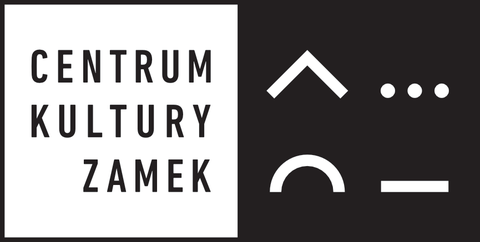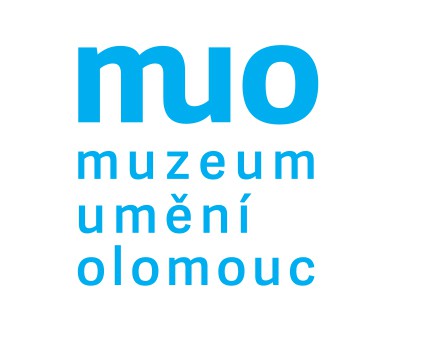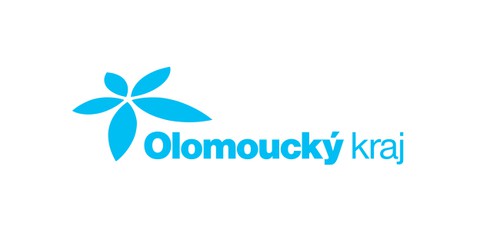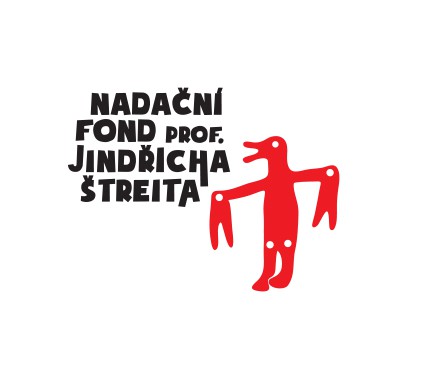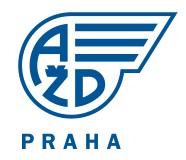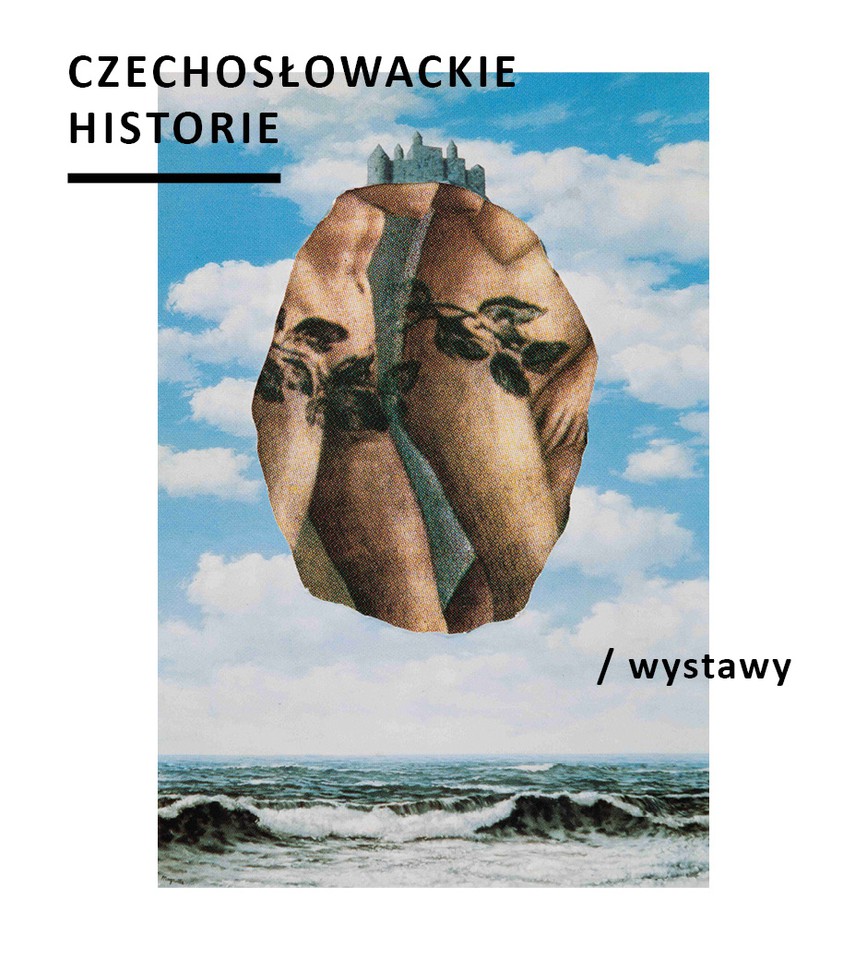
CZECHOSŁOWACKIE HISTORIE \ „Poza miastem! Sowiniec jako nieoficjalne centrum czechosłowackiej kultury” 1974–1989 \ Kolekcja prof. Jindřicha Štreita
-
TypSztuki wizualne
-
MiejsceSala Wystaw
-
Godzina g. 12 - 20
-
Data od 4.04.2019
do 19.05.2019 -
Cena 2
Projekt „Poza miastem! Sowiniec jako nieoficjalne centrum czechosłowackiej kultury 1974–1989” jest ważnym przyczynkiem do dyskusji o niereżimowej sztuce i kulturze we wschodniej i środkowej Europie w czasie tzw. ery sowieckiej. Głównym celem projektu jest dokumentacja awangardowej twórczości artystów niewygodnych dla ówczesnego komunistycznego reżimu oraz ekspozycji, które odbywały się półlegalnie poza głównym centrum władzy, w małej morawskiej wiosce Sowiniec w Czechach – miejscu, które stało się ważnym ośrodkiem nieoficjalnej czechosłowackiej kultury. To właśnie tam w czasach wszechobecnego politycznego ucisku i komunistycznej cenzury fotograf, kurator i dyspozytor gospodarstwa państwowego Jindřich Štreit (ur. 1946) założył małą, skromną galerię. Jej działalność skupiała się na wspieraniu eksperymentalnej i konceptualnej sztuki autorów traktowanych z niechęcią przez oficjalne władze. Działania podejmowane w galerii niejednokrotnie objęte były obserwacją państwowej policji, ponieważ postrzegano je jako społeczno-polityczną konfrontację z panującym reżimem totalitarnym. Zasięg i systematyczność wydarzeń kulturalnych organizowanych przez Štreita w Sowińcu mogą się wydawać znikome w porównaniu z działalnością Galerii Krzywe Koło w Warszawie czy Galerii Krzysztofory w Krakowie w latach 50. i 60. XX wieku, czy też z przedsięwzięciami, jakie podejmował György Galántaie w kaplicy w Balatonboglárze na Węgrzech w latach 70., czy z aktywnością słowackich konceptualistów i performerów Alexa Mlynárčika i Jany Želibskéj w latach 80. XX wieku. W kontekście czechosłowackim intensywność i zakres działań kulturalnych organizowanych przez Štreita w Sowińcu należy porównać z tym, co robili Zdeňek i Jiří Hůlowie w Galerii H w Kostelcu nad Czarnymi Lasami w latach 80., długoterminową wystawą i cyklami wykładów w Teatrze w Nerudovce czy w Instytucie Chemii Makromolekularnej Akademii Nauk Republiki Czeskiej w latach 70. minionego wieku. Jeśli zaś chodzi o treść i znaczenie działań podejmowanych przez Štreita, należy sytuować je wśród przedsięwzięć takich jak artystyczne sympozjum Mutěnice (1983), wystawy w Chmielnicach (1989) czy „Konfrontacje” – cykl nieoficjalnych wystaw, które realizowane były przeważnie w prywatnych studiach praskich artystów (Jiříego Valenty, Aleša Veselégo czy Jiříego Davida) od końca lat 50. do końca lat 80. minionego stulecia.
W latach 1974–1989 Štreit zorganizował ponad sześćdziesiąt monograficznych i zbiorowych pokazów, na które złożyły się prace niewygodnych dla ówczesnego reżimu artystów. Wystawy były okazją do spotkań i dyskusji z autorami, teoretykami sztuki czy przedstawicielami innych dziedzin sztuki – muzykami takimi jak Jiří Dědeček, Jiří Stivín i Jan Vodňaský czy ludźmi teatru. W Sowińcu bowiem swoje spektakle pokazywały HaDivadlo Břetislava Rychlíka, Nedivadlo Ivana Vyskočila, Divadlo Járy Cimrmana czy słowacki Divadlo Gunagu. Podczas wystawy Věry Říčařovéj i Františka Vítka pokazano legendarne już przedstawienie zatytułowane „Piškanderdulá”. Każde z działań, które odbywało się pod nadzorem policji państwowej, było postrzegane nie tylko jako akt artystyczny, ale przede wszystkim jako społeczno-polityczna konfrontacja z reżimem.
Bogaty zbiór fotografii dokumentujących działalność kulturalną, ale przede wszystkim gromadzona przez lata kolekcja dzieł stanowi wyjątkowy zapis rozwoju czechosłowackiej sztuki nieoficjalnej i półoficjalnej, obejmującej okres od lat 60. XX wieku do czasów obecnych. Powstanie tej kolekcji zawdzięczamy przede wszystkim prowadzonej od 1974 roku działalności Štreita, który nie tylko realizował projekty wystawiennicze, ale również systematycznie gromadził pokazywane prace. Do najważniejszych dzieł w kolekcji należą bez wątpienia prace czołowych czeskich twórców, takich jak: Václav Boštík, Vladimír Boudník, Mikuláš Medek, Bohuslav Reynek, Adriena Šimotová, Stanislav Kolíbal, Karel Malich, Karel Nepraš, Jiří K olář, Zdeněk Sýkora, Milan Grygar, Vladimír Janoušek, Věra Janoušková, Jiří John, Jiří Valoch, Stanislav Zippe, Olbram Zoubek, Jan Zrzavý, jak równie ż autorów słowackich, takich jak: Juraj Bartusz, Rudolf Fila, Daniel Fischer, Jozef Jankovič, Július Koller, Otis Laubert, Juraj Lipták, Juraj Meliš, Marián Mudroch, Peter Rónai, Rudolf Sikora, Dezider Tóth oraz wielu innych.
Z uwagi na zakres, treść i znaczenie tej kolekcji drzemie w niej ogromny potencjał. Jest ona żywym pomnikiem kultury ukazującym społeczno-historyczne uwarunkowania tamtych czasów, jak również funkcjonowanie nieoficjalnej sztuki w latach 70. i 80. Zarówno kolekcję, jak i działania, które doprowadziły do jej powstania, należy postrzegać jako przejaw twórczych i organizacyjnych umiejętności Jindřicha Štreita. Podobnie jak inni niewygodni artyści i intelektualiści tamtych czasów, zapłacił on więzieniem za swoją polityczną postawę i działalność artystyczną.
kuratorka: Štěpánka Bieleszová
